|
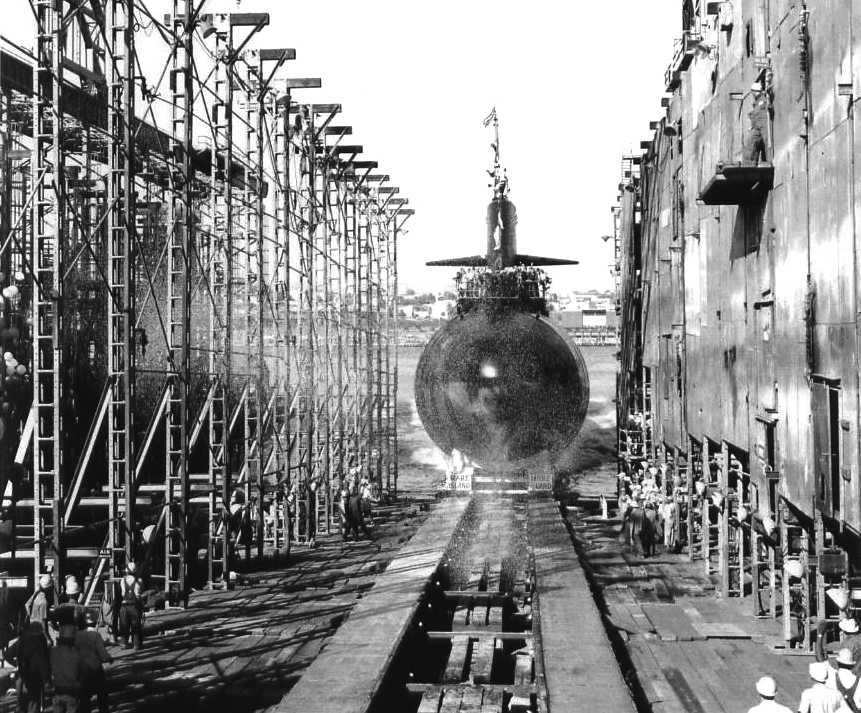
USS
Flyingfish (SSN-673),
was a Sturgeon-class attack submarine.
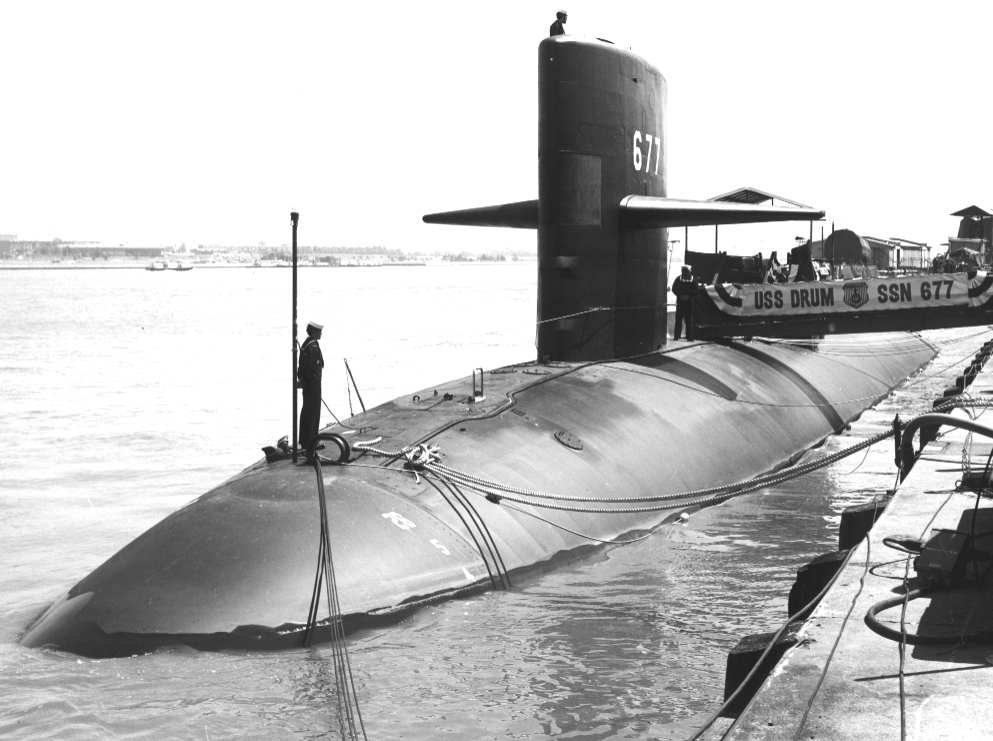
STURGEON
CLASS SUBMARINES
The Sturgeon-class (colloquially in naval circles, known as the 637-class) were a class of nuclear-powered fast attack submarines (SSN) in service with the United States Navy from the 1960s until 2004. They were the "work horses" of the submarine attack fleet throughout much of the Cold War. The boats were phased out in the 1990s and early 21st century, as their successors, the Los Angeles, followed by the Seawolf and Virginia-class boats, entered service.
DESIGN
The Sturgeons were essentially lengthened and improved variants of the Thresher/Permit class that directly preceded them. The biggest difference was the much larger sail, which permitted the return of intelligence gathering masts to U.S. nuclear submarines. The fairwater planes mounted on the sail could rotate 90 degrees, allowing the submarine to surface through thin ice. Because the S5W reactor was used, the same as in the Skipjacks and Thresher/Permits, and the displacement was increased, the Sturgeons' top speed was 26 knots (48 km/h), 2 knots slower than the Thresher/Permits. The last nine Sturgeons were lengthened 10 feet (3 m) to provide more space for intelligence-gathering equipment and to facilitate the use of dry deck shelters.
Armaments
They were equipped to carry the Harpoon missile, the Tomahawk cruise missile, the UUM-44 SUBROC, the MK37 SLMM and MK 60 CAPTOR mines, and the MK-48 and ADCAP torpedoes. Torpedo tubes were located amidships to accommodate the bow-mounted sonar. The bow covering the sonar sphere was made from steel or glass reinforced plastic (GRP), both varieties having been produced both booted and not booted. Booted domes are covered with a half-inch layer of rubber. The GRP domes improved the bow sonar sphere performance; though for intelligence gathering missions, the towed-array sonar was normally used as it was a much more sensitive array.
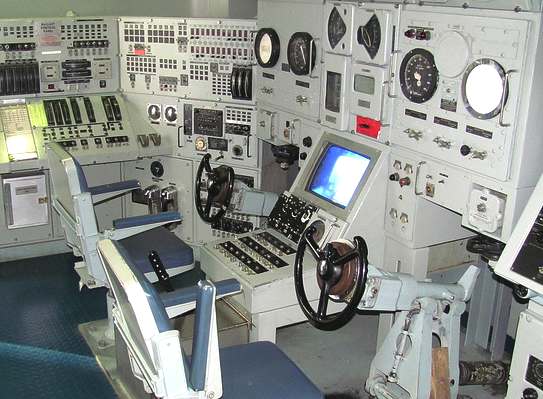
NOISE
REDUCTION
Several Sturgeon boats were modifications of the original designs to test ways to reduce noise.
Narwhal, which was nearly a sub-class of its own, was completed with an S5G reactor which was cooled using natural convection rather than pumps and did not have reduction gears, but utilized a sophisticated multi-stage turbine in an attempt to reduce the noise footprint from the reduction gears. The turbine arrangement was not considered successful because of its complex warm-up and cooldown procedures.
Glenard P. Lipscomb was completed using a large electric motor for main propulsion rather than direct drive from the steam turbines. The Lipscomb’s trial of electric propulsion was not considered successful due to lack of reliability and she was decommissioned in 1989.
Puffer was outfitted with Raytheon Harmonic Power Conditioners (a.k.a. "the cloaking device"[citation needed]) which eliminated an electrical bus noise problem that was inherent in the class. This was done by harmonic conditioning of the power system. This successful feature was later outfitted on the entire class.
Batfish was outfitted with SHT (special hull treatment) during a non-refueling overhaul, which reduced noise and the submarine sonar profile.
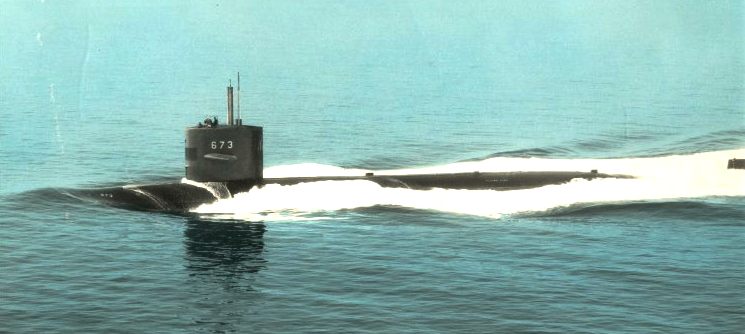
VARIANTS
Beginning with Archerfish, units of this class had a 10-foot (3 meter) longer hull, giving them more living and working space than previous submarines. Parche received an additional 100-foot (30 meter) hull extension containing cable tapping equipment that brought her total length to 401 feet (122 m). A number of the long hull Sturgeon-class SSNs, including Parche, Rivers, and Russell were involved in top-secret reconnaissance missions, including cable tap operations in the Barents and Okhotsk seas.
A total of seven boats were modified to carry the SEAL Dry Deck Shelter (DDS). The DDS is a submersible launch hangar with a hyperbaric chamber attached to the ship's weapon shipping hatch. DDS-equipped boats were tasked with the covert insertion of special forces troops.
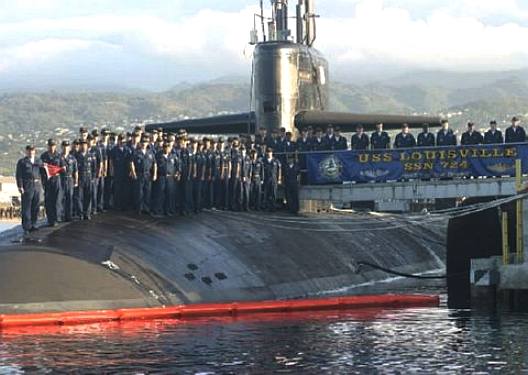
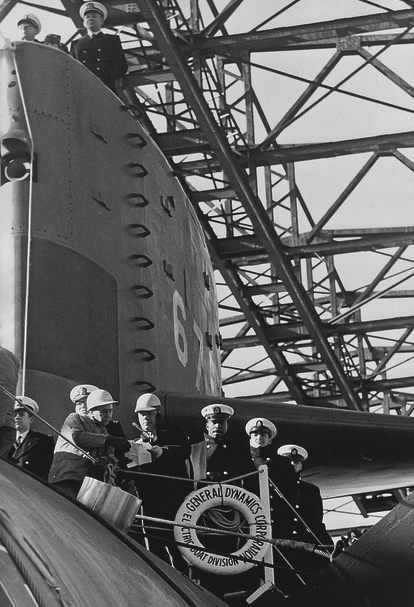
BOATS
Short Hull
Sturgeon (SSN-637)
Whale (SSN-638)
Tautog (SSN-639)
Grayling (SSN-646)
Pogy (SSN-647)
Aspro (SSN-648)
Sunfish (SSN-649)
Pargo (SSN-650)
Queenfish (SSN-651)
Puffer (SSN-652)
Ray (SSN-653)
Sand Lance (SSN-660)
Lapon (SSN-661)
Gurnard (SSN-662)
Hammerhead (SSN-663)
Sea Devil (SSN-664)
Guitarro (SSN-665)
Hawkbill (SSN-666)
Bergall (SSN-667)
Spadefish (SSN-668)
Seahorse (SSN-669)
Finback (SSN-670)
Pintado (SSN-672)
Flying Fish (SSN-673)
Trepang (SSN-674)
Bluefish (SSN-675)
Billfish (SSN-676)
Drum (SSN-677)
Long Hull
Archerfish (SSN-678) (DDS)
Silversides (SSN-679) (DDS)
William H. Bates (SSN-680) (ex-Redfish) (DDS)
Batfish (SSN-681) (DDS)
Tunny (SSN-682) (DDS)
Parche (SSN-683) (R&D)
Cavalla (SSN-684) (DDS)
L. Mendel Rivers (SSN-686) (DDS)
Richard B. Russell (SSN-687)
SPECIFICATIONS
| Name: |
USS Flying Fish |
| Namesake: |
The flying fish |
| Ordered: |
15 July 1966 |
| Builder: |
General
Dynamics Electric Boat, Groton, Connecticut |
| Laid down: |
13 March 1968 |
| Launched: |
10 January 1970 |
| Sponsored by: |
Mrs. David Packard |
| Commissioned: |
8 January 1971 |
| Decommissioned: |
31 May 1996 |
| Struck: |
31 May 1996 |
| Motto: |
! |
| Fate: |
Scrapping via Ship
and Submarine Recycling Program completed 1 November 2003 |
| General
characteristics |
| Class & type: |
Sturgeon-class attack
submarine |
| Displacement: |
3,978 long tons (4,042 t) light
4,270 long tons (4,339 t) full
292 long tons (297 t) dead |
| Length: |
292 ft 3 in (89.08 m) |
| Beam: |
31 ft 8 in (9.65 m) |
| Draft: |
28 ft 8 in (8.74 m) |
| Installed power: |
15,000 shaft
horsepower (11.2 megawatts) |
| Propulsion: |
One S5W nuclear
reactor, two steam
turbines, one screw |
| Speed: |
15 knots
(28 km/h; 17 mph) surfaced
25 knots (46 km/h; 29 mph) submerged |
| Test depth: |
1,300 feet (396 meters) |
| Complement: |
109 (14 officers,
95 enlisted
men) |
| Armament: |
4 × 21-inch (533 mm) torpedo
tubes amidships aft of bow
• Mark
48 torpedoes
• UUM-44A
SUBROC missiles
• UGM-84A/C
Harpoon missiles
• Mark 57 deep-water mines
• Mark 60 CAPTOR
mines |
USS
'BLUEFISH' (STURGEON CLASS) MODELS and RC KITS
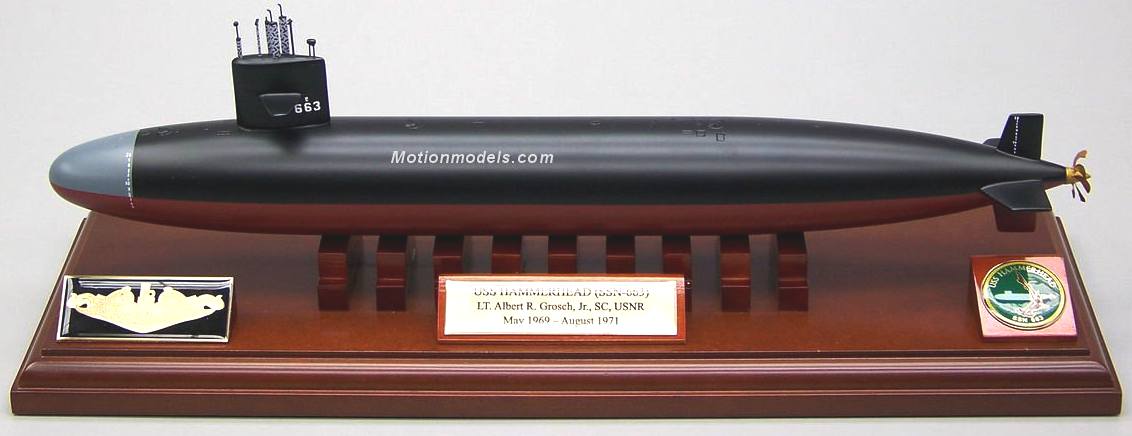
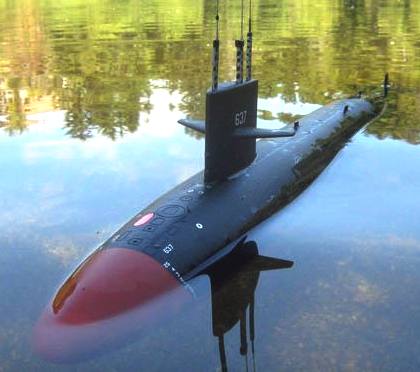
SUBMARINE
INDEX
HMS
Astute 1st of Class
BAE Systems
HMS
Vanguard- Trident
INS
Sindhurakshak - explosion
& sinking
Lusitania
- Torpedo
attack
Predator
- Covert submarine hunter/killer
Seawolf
- Autonomous wolf pack deployment of Predator mini-subs
U20
- Kapitan Leutnant Walther Schwieger
USS
Bluefish WWI submarine
USS
Bluefish - Nuclear submarine
USS
Flying Fish
USS
Nautilus - 1st nuclear submarine & subsea north pole passage
LINKS
http://en.wikipedia.org/wiki/USS_Bluefish_%28SSN-675%29
http://en.wikipedia.org/wiki/Bluefish
http://en.wikipedia.org/wiki/USS_Bluefish_(SS-222)
http://www.enterprise-europe-scotland.com/sct/news/?newsid=4306
|
Nuclear
submarines
- Youtube
|
|







